Jacinda Ardern: show pony or stayer?
A split personality is starting to tug on the halo of Jacinda Ardern, who has enjoyed a dream run on the global stage.
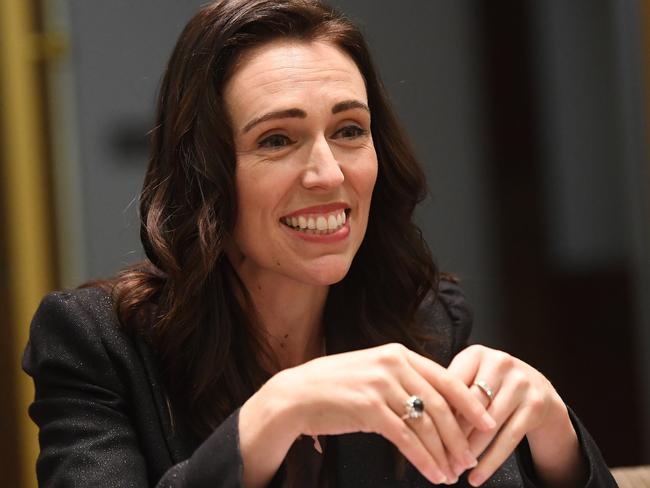
With September 19 set as the date for the New Zealand election, a split personality is starting to tug on the halo of Jacinda Ardern, who has enjoyed a dream run on the global stage.
This week the NZ Prime Minister was on the cover of Time magazine being lauded again as the millennial marvel with progressive goals and courage under fire.
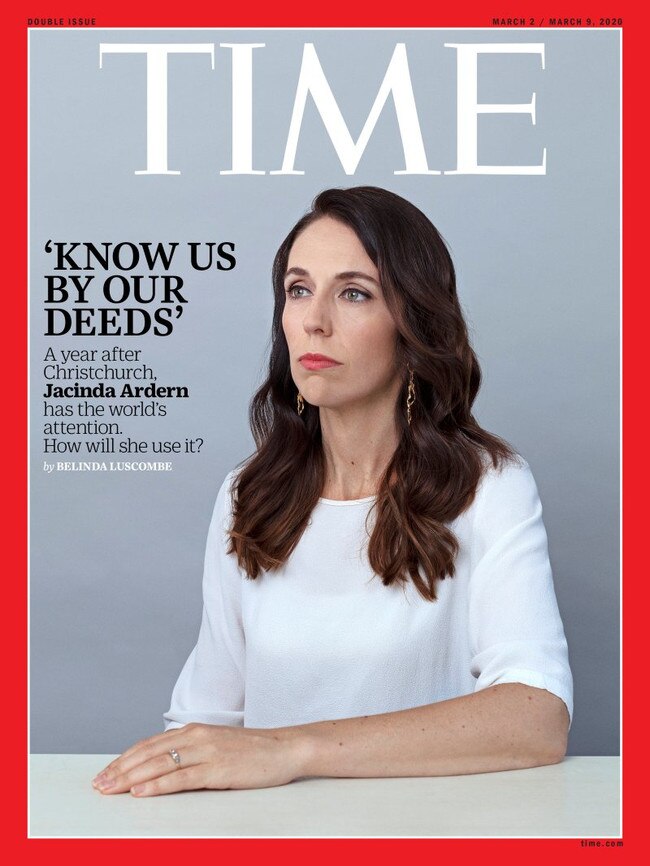
But back home, Ardern is being dogged by scandal involving the financial dealings of her maverick coalition partner Winston Peters and his New Zealand First party.
For punters, the big questions are likelier to be what happened to the 100,000 low-income houses that were promised and when exactly will the end to child poverty take effect?
What voters want to know is whether there is a real-world measure to Ardern’s “kindness” concept for New Zealand?
“She is regarded as a bit of a show pony who is not delivering,” Australian National University professor John Wanna says.
The first side to the Ardern coin is the excitement and progressive vision with which she unexpectedly swept Labour to power in October 2017.
Ardern’s global brand was burnished through her handling of the Christchurch mosque massacre in March last year, in which 51 people were killed and 50 injured.
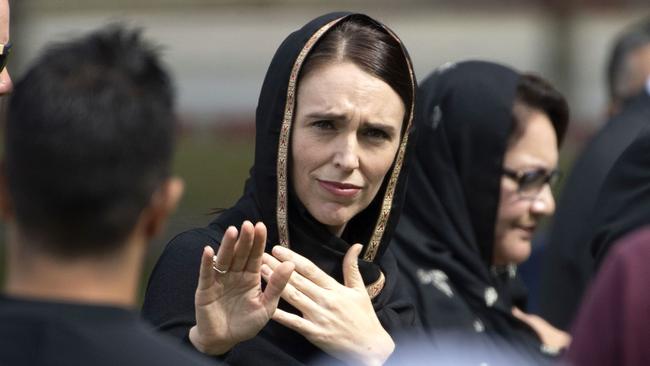
By donning a hijab to mourn with her nation’s Muslim community, Ardern became an instant global celebrity. She was seen as expressing genuine compassion at odds with the political response of other world leaders to similar events. Not everyone was seduced, notably not Muslim women reformers who view the hijab as a symbol of repression.
In Australia, Ardern’s hijab moment was used to criticise Scott Morrison as too timid in calling out white supremacists such as the Christchurch gunman. Ironically, Arden is only in power because of the support of Peters, who had campaigned against radical Islam and Muslim immigration.
-
World’s media darling

After the Christchurch massacre, Peters was sent to Istanbul as NZ Foreign Minister to reassure global Islam and “confront” Turkish President Recep Tayyip Erdogan over comments that he would make the killer pay if NZ did not.
In response to the massacre, Ardern championed gun reform and new constraints on tech giants.

She further endeared herself to an inquisitive global media by having a baby in office and breastfeeding at the UN, and with another deft display of crisis management after the White Island volcano tragedy in December that killed 21 people.
On the other side of the Ardern coin is a perceived glum reality of failure to convert rhetoric to action on the more mundane business of government.
The Washington Post observed after Ardern hobnobbed with the wealthy worthy in Davos that, while many were enthralled, others saw the NZ PM as being cut from the same poseur cloth as Canadian Prime Minister Justin Trudeau, only less annoying and with an easier country to run.
Like Trudeau, who narrowly survived his own near-death experience at the polls on October 21 last year, Ardern soon will be tested on substance in the only way that matters in politics — at the ballot box.
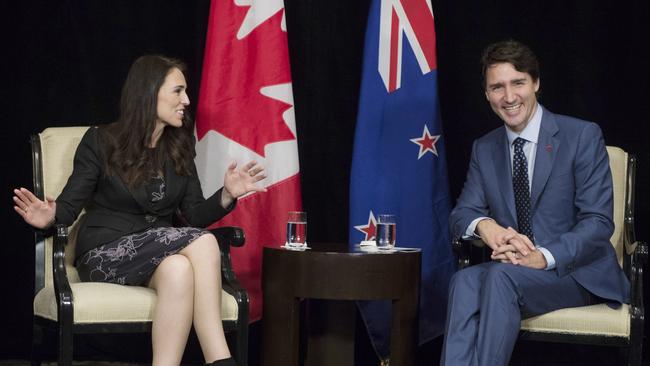
The September 19 poll will coincide with the anniversary of the day women were given the vote in New Zealand in 1893, the first place in the world to do so.
Together with the poll, voters will be asked to vote on two referendums: one on whether the country should legalise cannabis, the other on euthanasia. The referendums will give oxygen to the libertarian ACT party, which has pushed euthanasia reform, and the Greens, who are leading the charge for the right to smoke pot.
-
A confounding mix
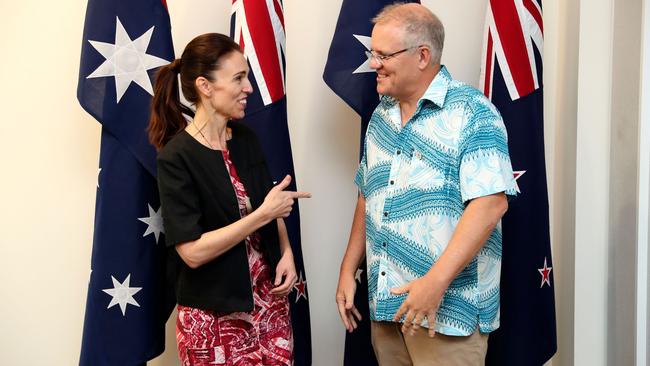
The lack of focus could provide another headwind for Ardern, given New Zealand’s mixed-member proportional voting system for the 120-seat parliament. Modelled on the German system, MMP makes it more likely that cross-party coalitions will be needed to form government.
NZ voters have two votes under the MMP system, a party vote and an electorate vote. The party vote decides how many seats in parliament each party gets. Political parties must get at least 5 per cent of the party vote or win an electorate seat before they can have any seats in parliament. If there is no clear winner, coalitions of two or more parties can join together to form a government.
Alternatively, there can be confidence and supply agreements, in which one party agrees to support another on certain issues and laws that are voted on in parliament.
After taking leadership of the NZ Labour Party on August 1, 2017, Ardern pushed the National Party from government by unexpectedly forming a coalition agreement with NZ First, supported by the Greens. It is a confounding mix. An Australian equivalent would be Labor in coalition with One Nation and the Greens.
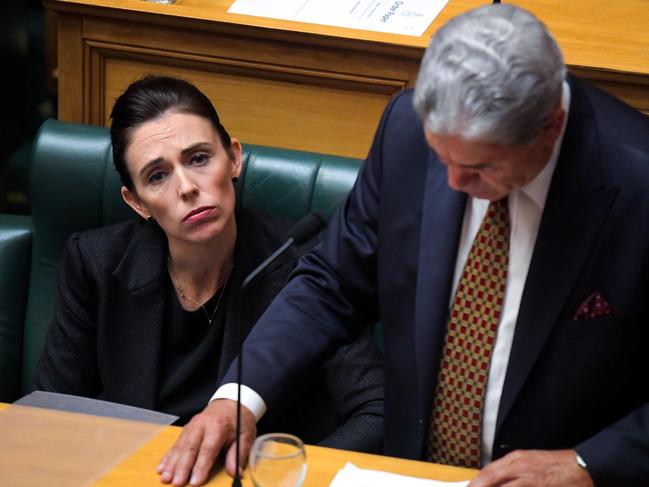
NZ First under Peters is a nationalist and populist party. Less than a year out from the election, the party has become embroiled in a donations scandal that may well dog it all the way to polling day. Peters denies wrongdoing and has turned on the media.
The NZ Serious Fraud Office is examining donations including significant loans that were not made public and multiple donations from NZ’s super-rich that fell just below the reporting threshold.
Ardern is under fire for not challenging her coalition partner strongly enough.
The Greens, meanwhile, have pushed Labor to embrace tough language on tackling climate change with a carbon neutral target for 2050 — but this has been moderated by the exclusion of agriculture, New Zealand’s biggest source of emissions.
For the election, the Greens are focused on cannabis and have chosen 18-year old climate activist Luke Wijohn to run against Ardern in her Auckland seat of Mount Albert.

Wanna’s view is that Ardern has been constrained by having to govern with what has been termed the “coalition of losers”.
“I think they (NZ Labour) did not expect to win at all, so they made all these promises and then they fell into government,” he says. “Now, in government, Ardern can’t get a lot of things through. If she gets the Greens onside, Winston Peters falls out; if she gets Peters onside, the Greens fall out; and there are a lot of people in the Labour Party who don’t agree on what they should be doing either. There are a lot of differences on strategic direction.
-
“While Ardern’s leadership is not in any doubt, I think a lot of the stuff she thought would be easy in government has proved to be a lot more difficult.’’
— Australian National University professor John Wanna
-
There is no question that Labour owes Ardern — a former president of the International Union of Socialist Youth — for its unexpected victory.
Seven weeks from polling day in 2017, the party looked like getting only 20 per cent of the vote. But after taking the reins Ardern pushed them into the 30s.
There are lot of new Labour members in seats they never thought they would win. The ambitions set out at the start of her term reflect the idealism of a victory snatched from nowhere.
The “speech from the throne” delivered by NZ Governor-General Dame Patsy Reddy to mark the first Ardern government struck a compassionate tone on which has been built an international brand.
It promised a society in which “no one should have to live in a car or on the street. No one should have to beg for their next meal. No child should be experiencing poverty.”
It would be a government of inclusion and transformation to “lift up those who have been forgotten or neglected” and one that would “take action on child poverty and homelessness”.
New Zealand would measure success in new ways and “broaden the definition of progress”.
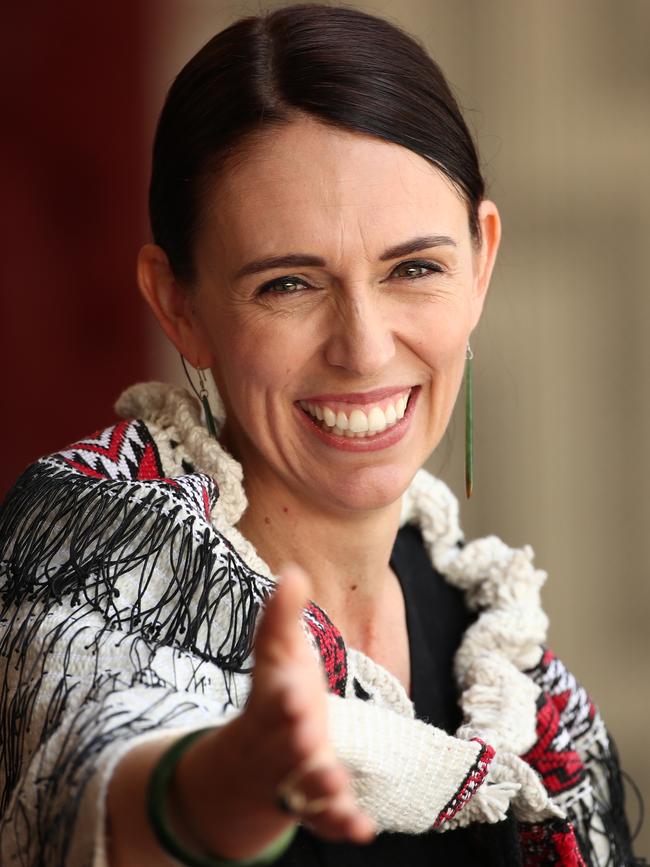
An agreement between Labour and the Green Party was to develop a comprehensive set of environmental, social and economic sustainability indicators to better show how NZ was doing as a nation.
Beyond the woke agenda, however, the cut-through message on which Ardern is being most harshly judged at home is housing.
Faced with skyrocketing prices and a big housing deficit, she said a top priority was to address homelessness, stop the sell-off of state housing and for government to take the lead in building affordable houses. Through its KiwiBuild program, the government pledged 100,000 high-quality, affordable homes across 10 years, half of them in Auckland.
In reality, after 47 houses were built, the targets were scrapped as unrealistic. With less than seven months to go until polling day, the tally of houses is 315.
On child poverty, key measures are reported by government as part of wellbeing indicators but it is proving hard to shift. The report for the year to June 2019, released on Tuesday, says “material hardship rates show no significant change from 2017-18 to 2018-19”.
Time magazine — which praised Ardern’s agility in dealing with a new baby, a mass shooting, a deadly volcano and the diplomatic difficulties of the novel coronavirus epidemic — could not ignore the downside.
-
Economic buffer

It said there was “a sense among her supporters that she may have bitten off more than she can chew and among her opponents that her government has failed on most of its promises”.
Ironically, soaring house prices are likely to provide the Ardern government the economic buffer needed to see through turbulent times with disruptions from COVID-19 and trade.
Ardern inherited a strong economy from her National Party predecessors, John Key and Bill English.
Overall, the NZ economy is in reasonable shape but is slowing.
December’s half-yearly update from Treasury said the NZ economy was experiencing a period of slower but still solid, economic growth as household spending eased and global uncertainty weighed on business investment.
This contributed to the economy growing at a slower rate of 2.4 per cent in the year to last June, compared with 3.2 per cent growth recorded in the year to June 2018.

FocusEconomics is projecting that the NZ economy will grow by 2.3 per cent this year.
Downside risks include weakness in China and Australia, and lingering trade tensions.
When she called the election, Ardern could not resist a dig, saying that her country’s economy was tipped to grow at a faster pace than Australia’s.
The polls are tipping a tight race. The latest 1 News Colmar Brunton Poll has the National Party on 46 per cent with 59 seats, Labour on 41 per cent with 52 seats, the Greens on 5 per cent with seven seats, NZ First with 3 per cent and no seats, and ACT on 2 per cent with two seats.
There is still some way to go, but one reality for NZ First and the Greens is that a party must get 5 per cent of the vote to be eligible to take a seat in parliament.

Ardern’s popularity, meanwhile, is greater than that of her party.
The ANU’s Wanna says that Arden can be expected to tone things down so as to win support in September.
“I think for the first 12 months she was treated a bit like a rock star,” Wanna says. “That did not play out too well with the domestic NZ audience. NZ is very proud that their Prime Minister is taken seriously on the world stage but I think she is trying to contain that a little, to say, ‘I am really focused on what is happening back here’.”
The National Party, meanwhile, need to discover a bit of sparkle. The party is ahead in the polls but new leader Simon Bridges is judged to have struggled to cut through. His electoral play has been to reject the possibility of forming a coalition with Peters’s NZ First, should that be necessary.
The bitter pill is that the National Party won more seats than Labour in 2017 but was jilted by Peters and thus unable to form a government.
Today’s polls reflect a public confidence in the National Party that it could govern but the leader needs to have some sort of profile to give voters a reason to vote for it this time around.
Ardern will be hoping to take more seats from the National Party to avoid having to deal with the sort of coalition she has endured for the first term.
The challenge is for Ardern to align her performance with domestic expectations rather than the global audience.
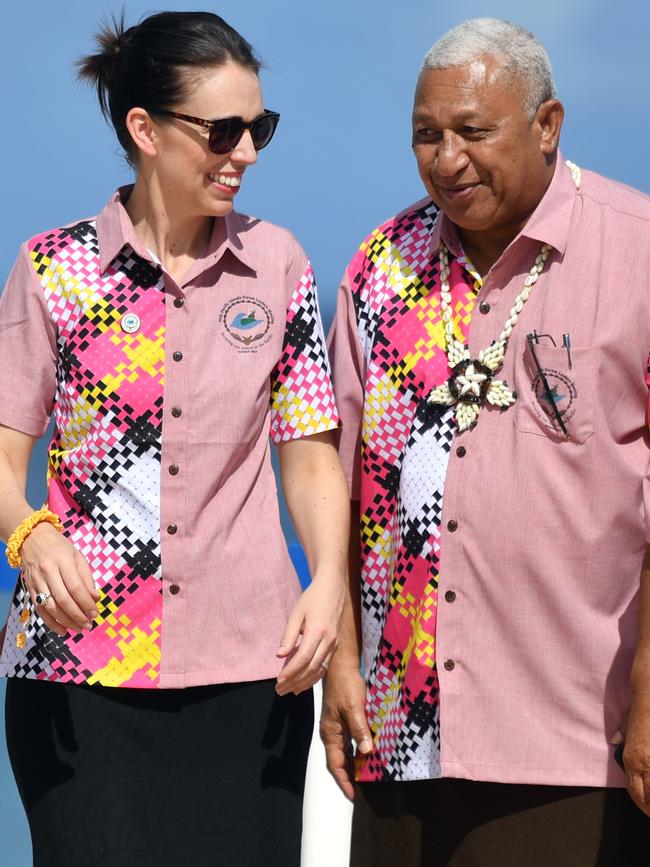
Her diplomatic skills will be on display during her visits this week to Fiji and Australia. One test will be whether she can resist the fawning attention of a loved-up media and avoid straying into contention. Following the raucous Pacific Island Forum meeting last year, Ardern’s challenge is to avoid getting wedged on the issue of climate change.
In a briefing to journalists before leaving Auckland for Australia, Ardern promised not to mention the war. Her focus would be on Australia’s policy of deporting New Zealand citizens who committed crimes in Australia, even when they had almost no links to home.
“Australia is well within their rights to do what they’ve been doing. They’re not acting outside of their rights. What we’ve been pointing out is that it’s not in keeping with the spirit of our friendship,” Ardern said.
That friendship is under no threat. Ardern says Australia and New Zealand have been brought closer in recent years by crisis and tragedy.
“Things like Whakaari-White Island (volcano), the bushfires, and even our response to coronavirus, (have) meant that we’ve had cause to have more frequent contact with one another,” she says.
“We’ve got a really excellent working relationship, and that’s only, I think, been to the benefit of both countries. We are countries that lean on one another in times of need.”
The message from term one for the New Zealand Prime Minister is that voters will be leaning on her to get things done.



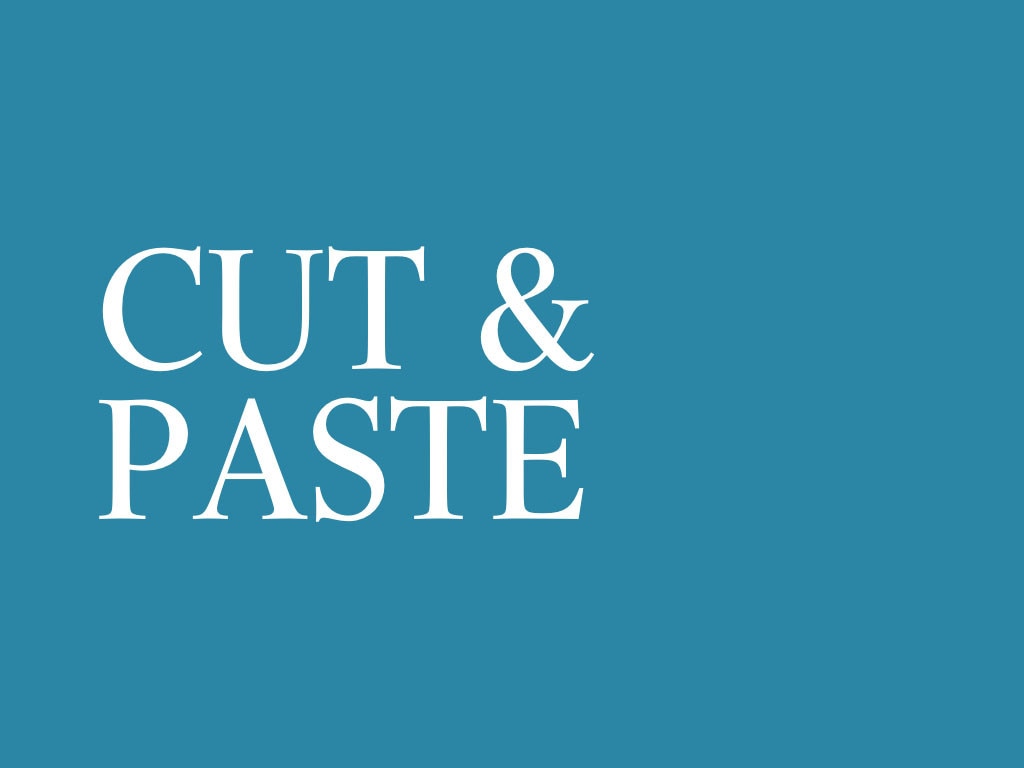
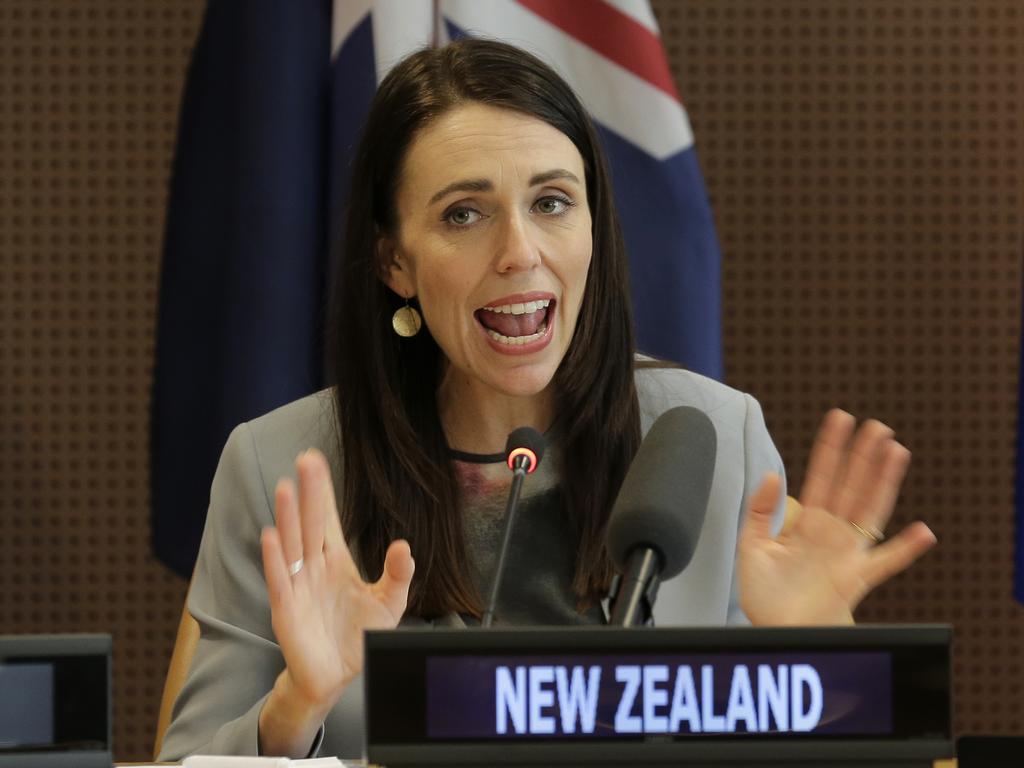

To join the conversation, please log in. Don't have an account? Register
Join the conversation, you are commenting as Logout